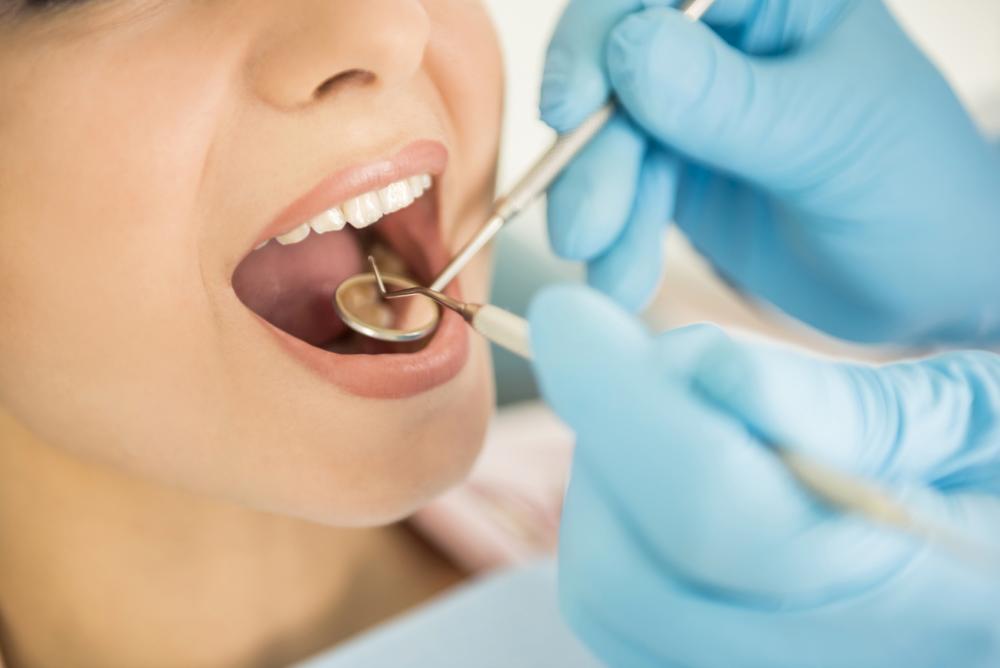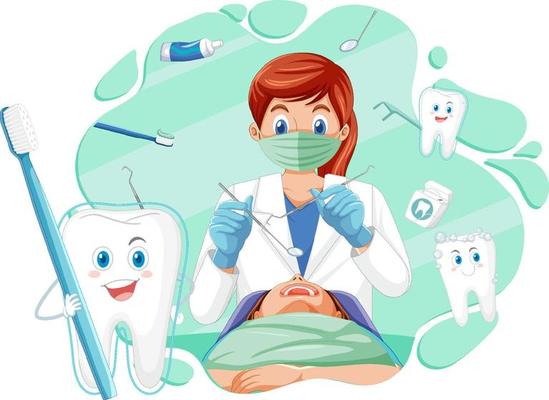Discover the Variety Of Dental Issues Dentists Frequently Take Care Of
From the prevalent trouble of tooth cavities created by bacterial activity to the more perilous development of gum tissue condition, oral specialists have to be skilled at very early detection and treatment. Tooth sensitivity, frequently resulting from used enamel, includes an additional layer of intricacy, while the very early identification of oral cancer cells can be life-saving.
Cavities and Dental Cavity
Tooth cavities, likewise understood as oral cavities, are caused by the demineralization of tooth enamel due to acid-producing microorganisms in the mouth. If left neglected, cavities can lead to substantial oral issues, including infections and tooth loss.
To diagnose tooth cavities and tooth decay, dental practitioners utilize a combination of aesthetic evaluations, dental X-rays, and sometimes laser fluorescence tools. For even more innovative decay, a dental professional might require to eliminate the jeopardized cells and bring back the tooth with dental fillings made from products such as composite resin, amalgam, or porcelain.
Precautionary actions are critical in combating cavities and tooth decay. Routine oral examinations, proper cleaning and flossing methods, and a well balanced diet plan reduced in sugary foods and drinks are fundamental techniques that sustain dental health and lessen the risk of cavities.
Gum Tissue Condition

Periodontitis occurs when plaque, a sticky movie of germs, solidifies into tartar and builds up listed below the gum tissue line. This triggers the gums to pull away from the teeth, creating pockets that come to be infected. As the body's body immune system fights the microorganisms, the bone and connective tissue that hold teeth in position are damaged down. The risk aspects for gum tissue condition include poor dental hygiene, smoking, diabetes, and genetic proneness.
Dental experts detect gum illness through scientific examination and gum penetrating to determine pocket midsts around the teeth. Treatment may involve scaling and origin planing to remove tartar and bacteria from tooth surfaces and underneath the gums. In severe situations, medical interventions like flap surgery or bone grafts are essential to bring back oral health. Preserving proper oral health and regular dental check-ups are critical for avoiding periodontal illness.

Tooth Level Of Sensitivity
Beyond gum disease, one more usual oral concern that patients regularly come across is tooth sensitivity. Defined by a sharp, transient discomfort in response to stimulations such as hot, cold, wonderful, or acidic foods and beverages, tooth sensitivity can considerably impact a person's top quality of life.
A number of variables add to the development of tooth sensitivity. Hostile cleaning, using abrasive toothpaste, and the usage of acidic foods and drinks can wear down enamel. Furthermore, oral treatments, split teeth, and periodontal disease can subject the dentin. To reduce tooth sensitivity, dental experts may advise utilizing tooth paste developed for sensitive teeth, fluoride treatments to reinforce enamel, or oral bonding to cover subjected dentin. In extreme instances, even more advanced therapies such as gum tissue grafts or root canals might be needed.
Eventually, addressing tooth level of sensitivity requires a detailed technique that consists of both safety nets and targeted treatments to relieve discomfort and secure the dental structures.
Dental Cancer Cells
Oral cancer cells, a possibly deadly and significant condition, usually flies under the radar in regular oral care conversations. This kind of cancer cells can affect any component of the mouth, including the lips, tongue, cheeks, floor of the mouth, difficult and soft tastes buds, sinuses, and throat. Early detection is important for successful therapy, yet numerous instances are diagnosed at innovative stages because of subtle initial symptoms.
Misaligned Bites
Misaligned attacks, also recognized as malocclusions, are a typical oral problem that can substantially influence both oral health and total high quality of life - dentists eugene. These conditions occur when the top and reduced teeth do not straighten correctly, resulting in difficulties in biting, eating, and also talking. Malocclusions can be categorized into numerous kinds, including overbites, underbites, crossbites, and open bites, each offering unique challenges that need customized therapy approaches
The sources of misaligned attacks are diverse and can include genetic aspects, very early loss of primary teeth, thumb sucking, and injuries to the jaw. Symptoms typically include pain or discomfort in the jaw, constant attacking of the internal cheeks, and an increased danger of tooth degeneration and periodontal illness due to problem in maintaining oral health.
Orthodontists and dental experts employ a variety of treatments to resolve misaligned bites, from clear aligners and traditional Click This Link braces to more innovative operations in serious situations. Early diagnosis and therapy are crucial to avoid difficulties such as temporomandibular joint (TMJ) conditions and uncommon wear on teeth. Via comprehensive analysis and personalized treatment strategies, dental experts play an essential duty in dealing with malocclusions and boosting patients' dental feature and looks.
Conclusion
Dental caries and tooth degeneration result from bacterial task that jeopardizes tooth enamel, while gum illness can intensify from gingivitis to severe gum conditions. Tooth sensitivity involves discomfort from thermal stimulations, requiring specific care.
To diagnose tooth cavities and tooth decay, dental experts use a mix of visual evaluations, dental X-rays, and occasionally laser fluorescence devices.Beyond gum tissue condition, one more typical oral concern that people often come across is tooth level of sensitivity. Additionally, oral treatments, cracked teeth, and gum tissue illness can subject the dentin. To alleviate tooth sensitivity, dentists may suggest using toothpaste developed for delicate teeth, fluoride treatments to strengthen enamel, or oral over here bonding to cover revealed dentin. Cavities and tooth degeneration result from bacterial activity that jeopardizes tooth enamel, while periodontal condition can rise from gingivitis to serious periodontal problems.